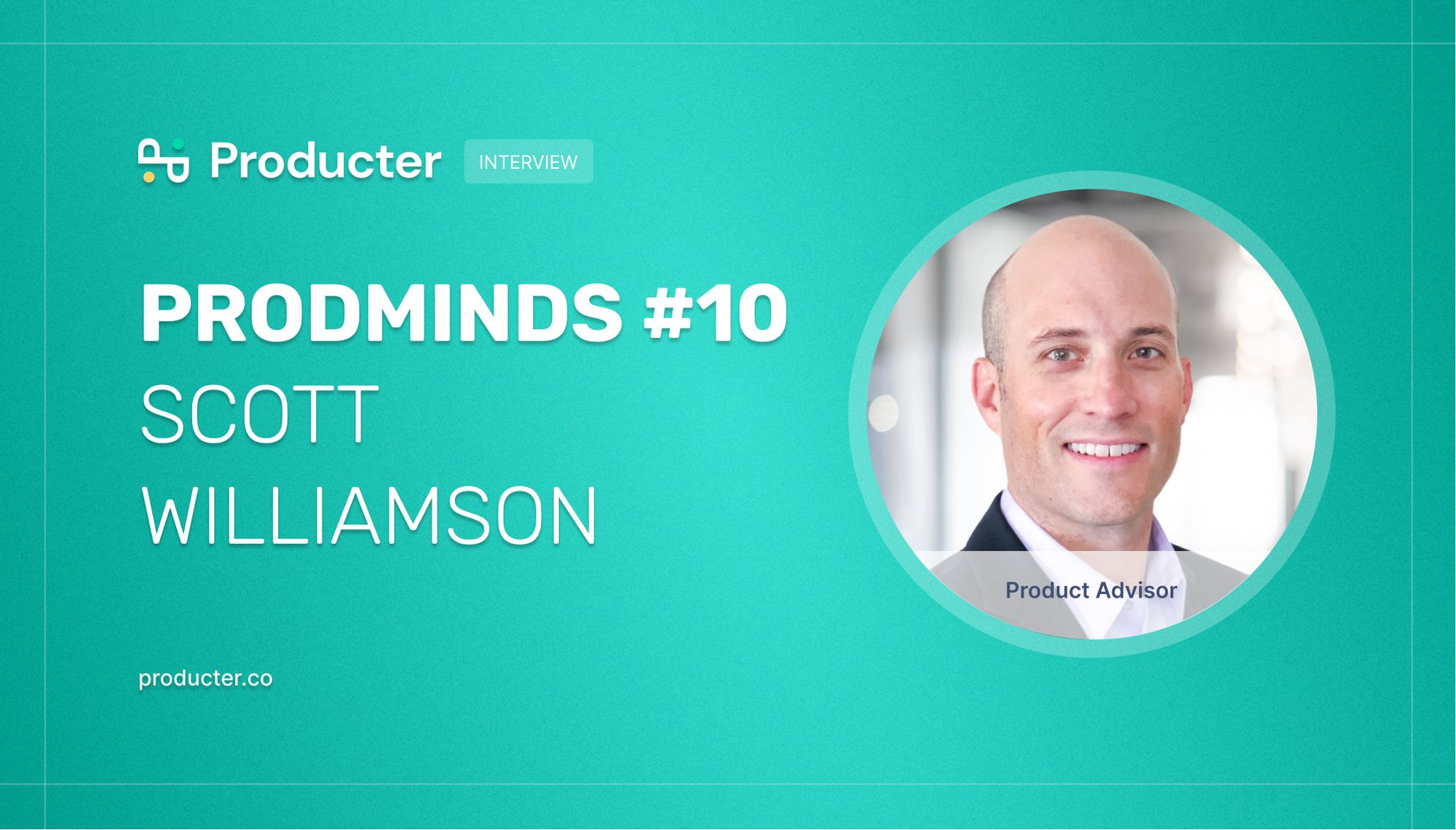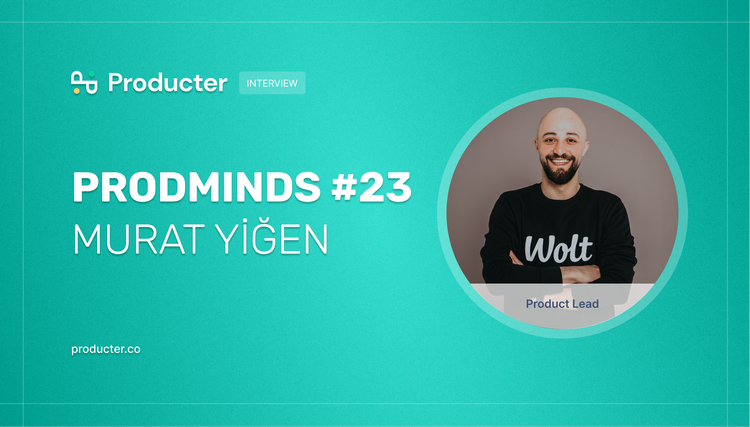Team Producter: Would you tell us a bit about you and your career path in product management?
Anna: I’m a product manager with 10 years of experience. I started my career in tech in 2006 at the Russian social network Ok.ru (aka Russian Facebook) as a marketing manager when it was a start-up with 300,000 users. I grew up in this company and began to dig into product marketing and then product management, analyzing user needs and implementing them with the dev team. In 2012, I received the official title of product manager. As a PM at Ok.ru, I developed a new revenue stream through virtual gifts (aka stickers). In 2016, I moved to the US and continued my career as a PM at a ride sharing app called Fasten, a blockchain startup called Bitclave, a mobile walkie-talkie app called Zello, and now I work for a FAANG company, which I cannot publicly name.
Team Producter: Which part of being a product manager is the most challenging for you?
Anna: Delivering real value to users is challenging. As a PM, I usually make decisions in limbo. Sometimes the cost of a mistake is so high that it makes me feel under pressure. Even if I have data and user research done, I still can't be sure this solution will be 100% successful. There are many factors: data may be misinterpreted, user research may not be done correctly, users may be selected incorrectly, implementation may be poor, A/B test may not be run correctly, launch may not be on time, as well as external factors such as competitors, political or economic situation, may also affect the results. The goal of the PM is to minimize the risk of making the wrong decision, but accept the fact that there is a high chance of making a mistake, be flexible, learn from it, and move forward.
Team Producter: How do you think departmental silos affect product companies? In what ways do you build and maintain relationships with stakeholders from different teams?
Anna: Definitely yes. We all have to work towards the same goal in order to deliver value to users and achieve the company's goal. If the development team, marketing, and sales are not aligned, it can lead to loss of productivity, waste of time, missed deadlines, poor product delivery, lack of marketing, resulting in low customer satisfaction and lost profits.
To be aligned with other teams, I use the OKR methodology. Objectives and key results are reviewed or determined every quarter. The main advantage of OKR is that each team is focused on achieving the same company's goal within a certain period of time, but each team has its own goals and key results. The OKR discussion is usually transparent across the company and communicated to every employee. The disadvantage of this technique is the principle of setting ambitious goals, which can discourage some folks.
Team Producter: How do you manage product feedback? When it comes to integrating feedback into the product, what steps do you go through from to start?
Anna: Not all feedback is equally valuable, and not all feedback needs to be implemented. First, I need to remind myself of the company’s goal. Whether it's a new market expansion, reaching 1 million views, or increasing revenue, user feedback should be prioritized with a focus on the company's goal.
Then I need to determine what type of feedback it is. Is this a bug or a feature request? If this is a bug, how critical is it, how many users does it affect, whether it's related to core functionality or not. Critical bugs affecting many users and/or core functionality of the product have to be resolved as quickly as possible.

If this is a feature request, I would understand who the users are leaving this review. Product managers usually tend to satisfy power users’ needs because these users are more vocal and send emails to customer support more often. They are also more likely to participate in user research. But power users typically ask for more advanced features that other users won't use. This is a trap because power users make up about 1% of the user base.
To avoid bias, I segment users (e.g. power users, somehow regular, churned, new, or based on the target action, e.g. bought, didn't buy), and then gather feedback separately. After that, prioritize feedback so that it aligns with the company's goal and implement the most valuable features.
For feature prioritization, I personally like the RICE framework, but there are many other good frameworks you can use depending on the maturity of your product and your goals.
It is important for product managers to focus on strategic thinking. Is there anything you are doing to improve it, and if so, how?
Strategic thinking is critical for product managers because you just don't want to hardcode a quick fix, but you want the product to deliver value to users and business within 2, 5, 10 years. To focus on strategy, I constantly assess the market, new trends, competitors, conduct user research, prioritize hard, analyze data, and prepare for changes due to new opportunities or risks.
Producter is a product management tool designed to become customer-driven.
It helps you collect feedback, manage tasks, sharing product updates, creating product docs, and tracking roadmap.

You may also like:








